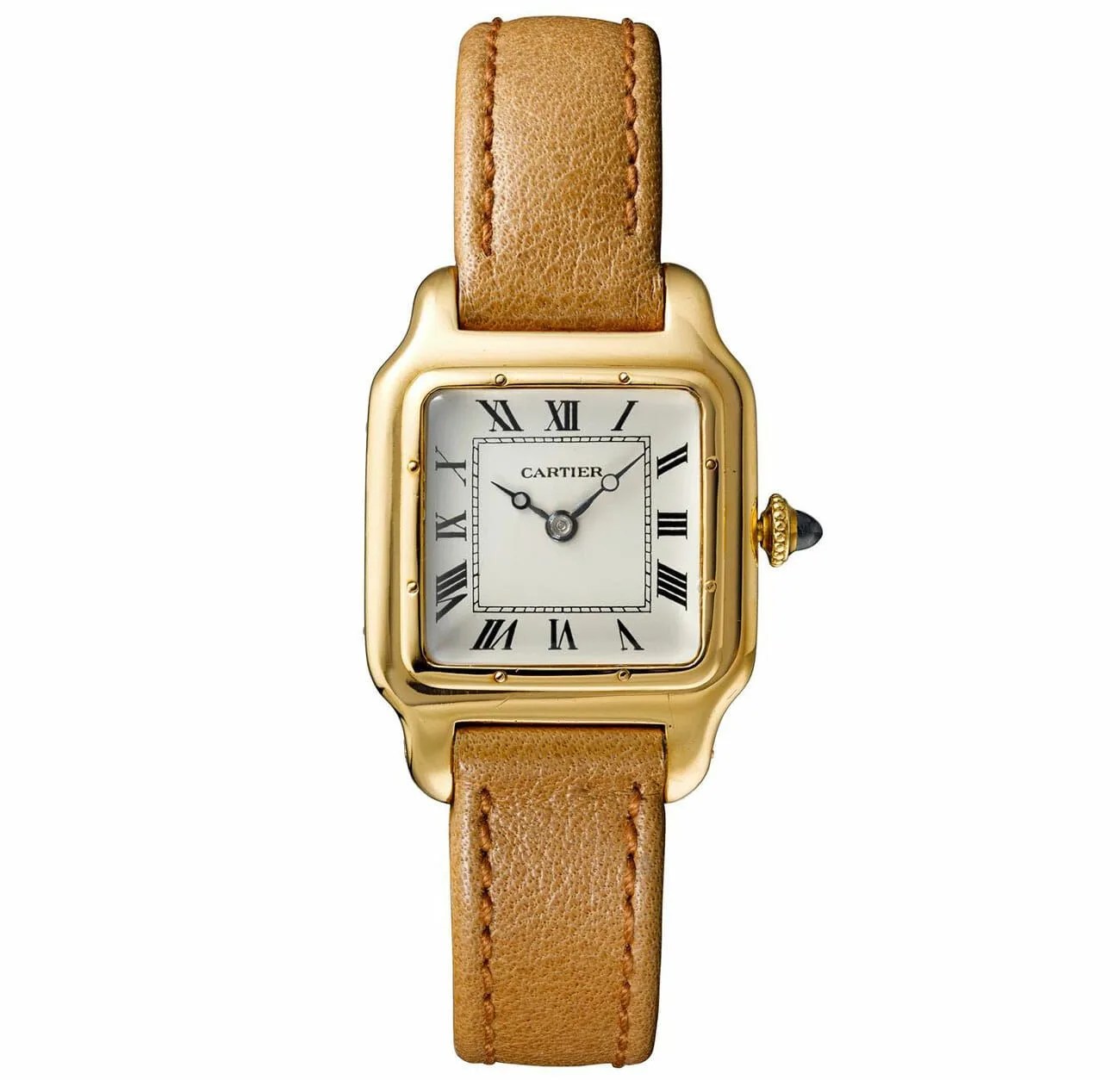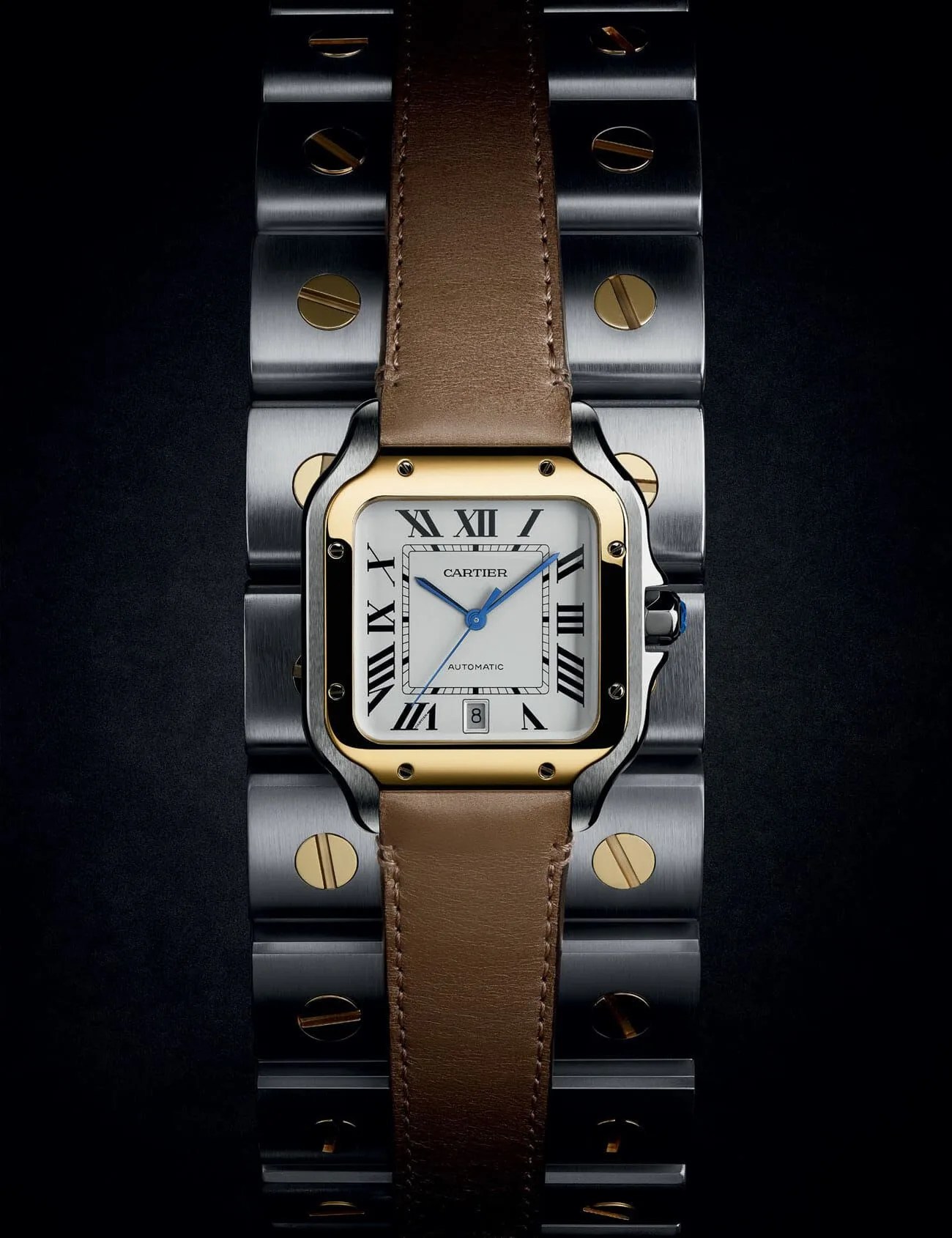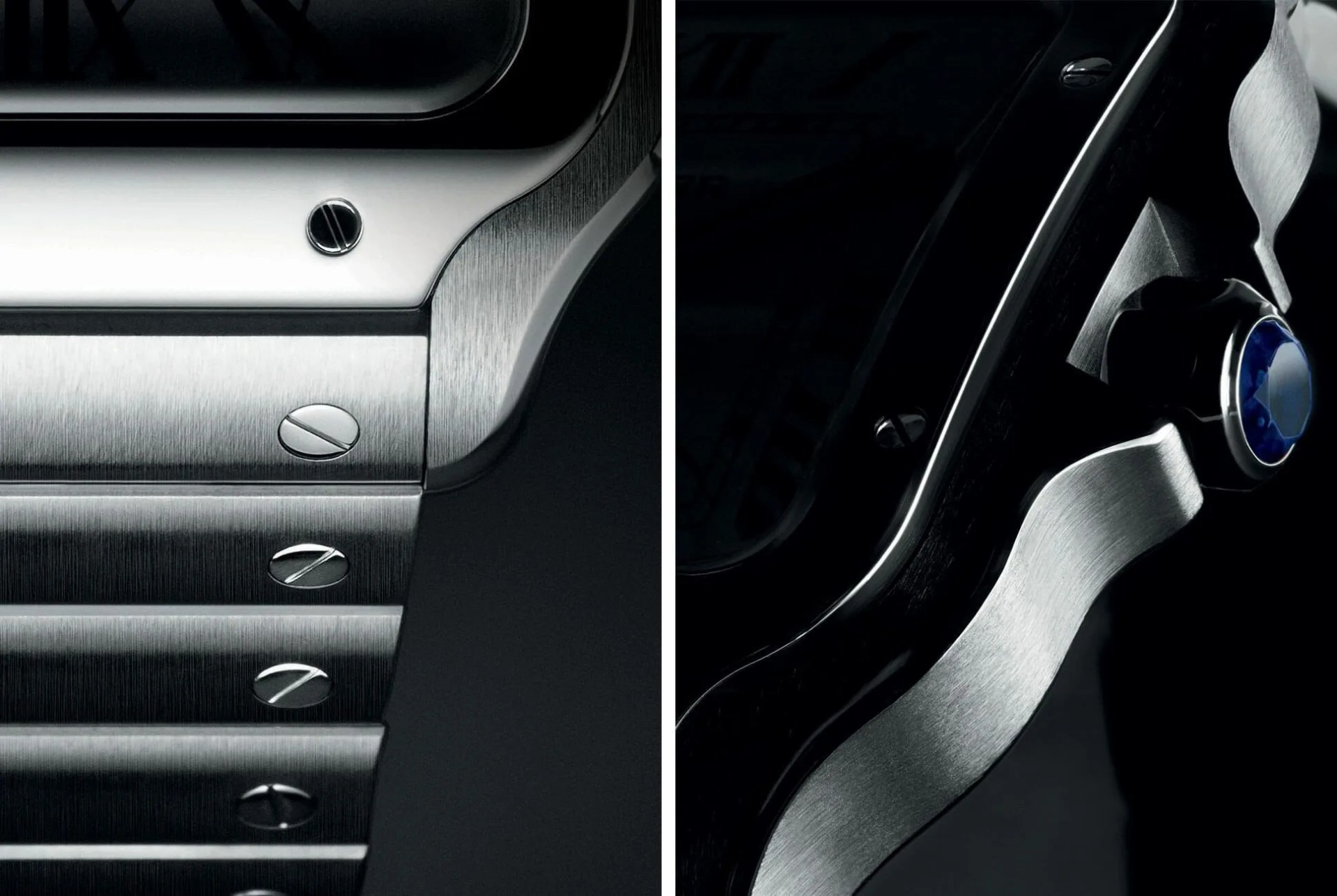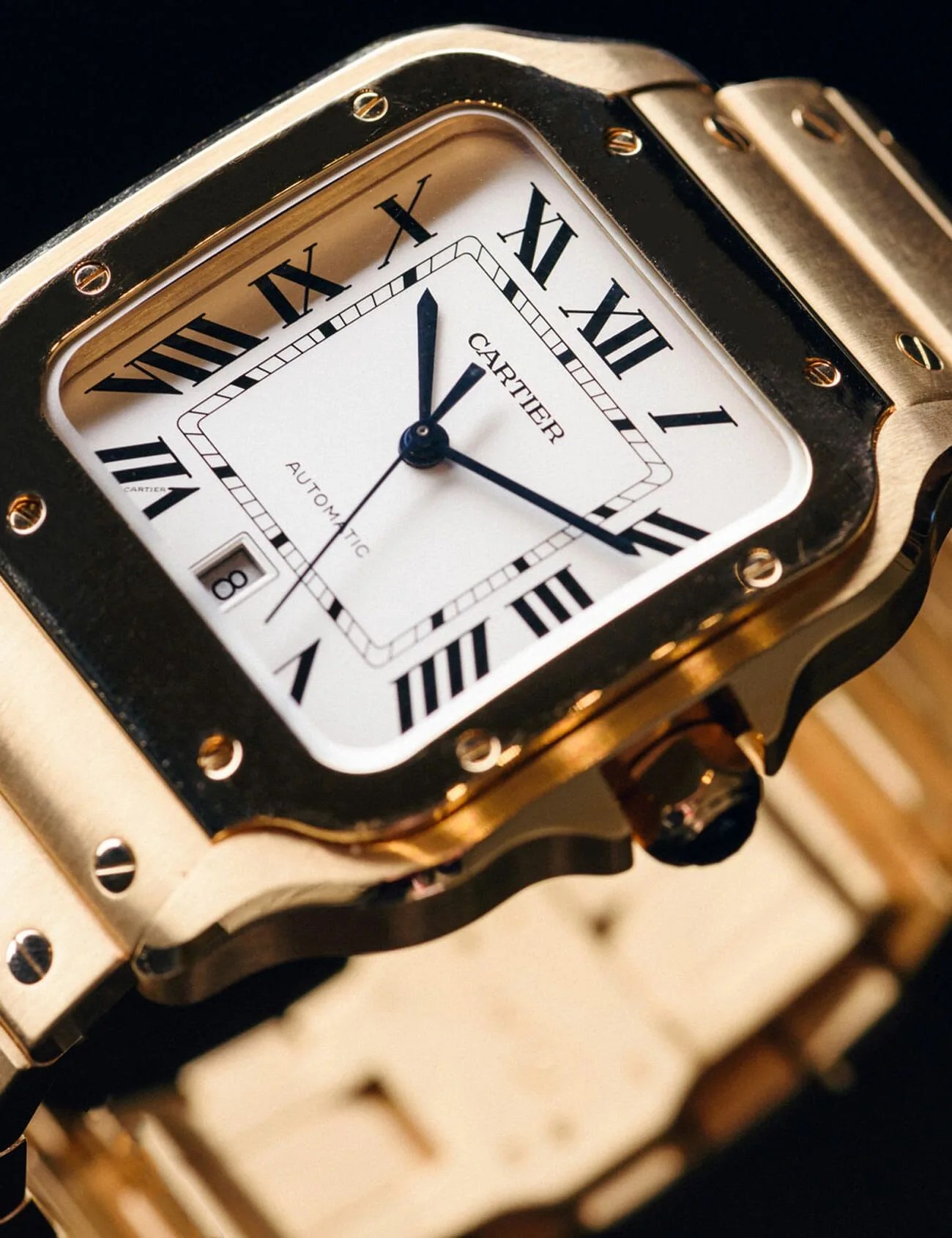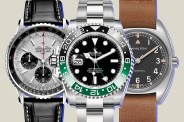Welcome to Watches You Should Know, a biweekly column highlighting important or little-known watches with interesting backstories and unexpected influence. This week: the Cartier Santos.
At the turn of the 20th century, wristwatches were women’s jewelry and “aviation” referred in no small part to airships. With the advent of the first aircraft and a watch made for a fearless pilot and inventor, however, all this was about to change.
More Watches You Should Know
• Benrus Sky Chief
• Breitling Navitimer
• Glycine Airman
Before the first airplanes, the Brazilian-turned-Parisian Alberto Santos-Dumont designed and built flying machines of the ligher-than-air, gas-buoyed variety. Somewhat eccentric and certainly not risk-averse, he was also famous for publicly demonstrating his inventions himself. And he was buddies with jeweler-to-royalty Louis Cartier.
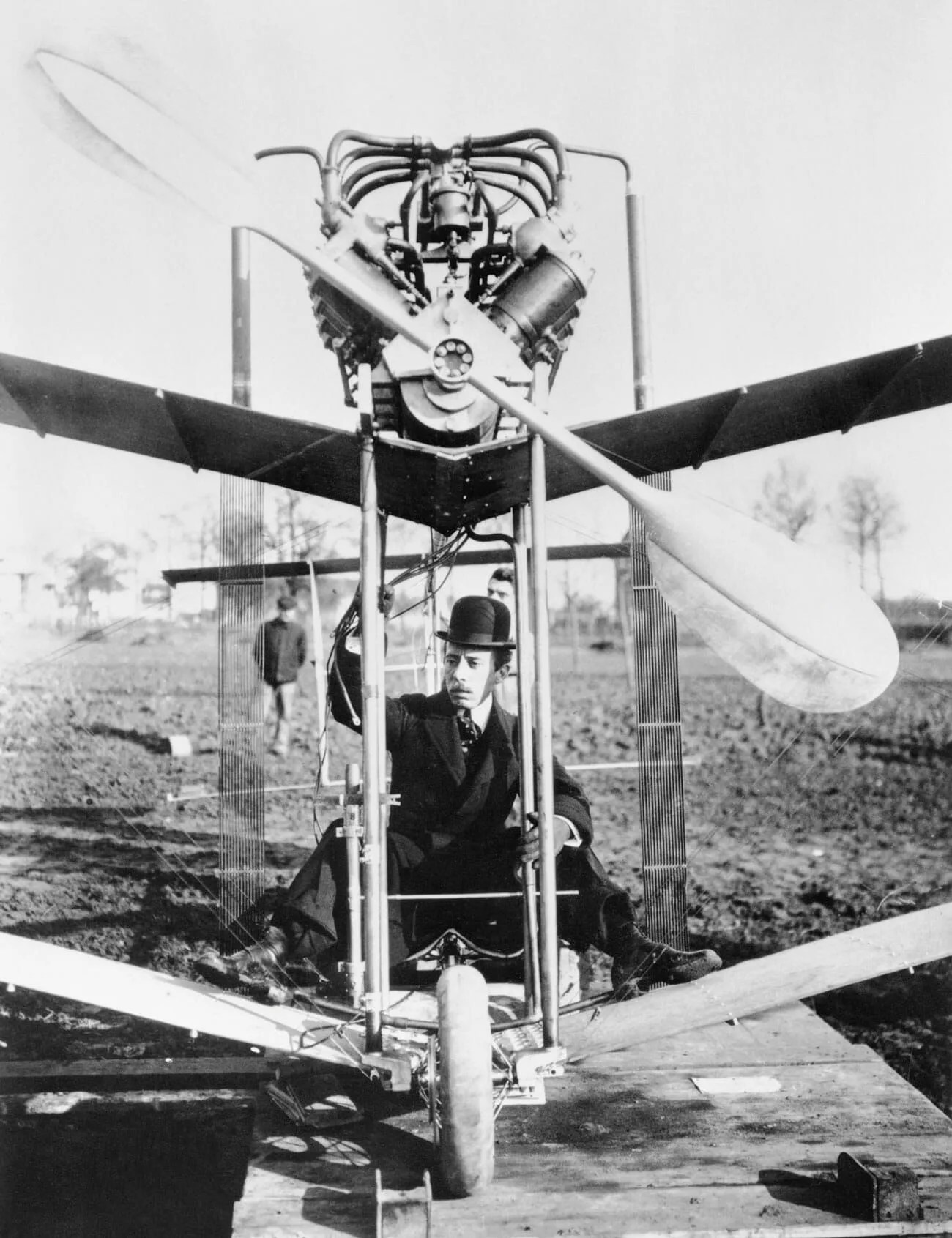
This era often looks stiff and unsmiling in its sepia photographs, so it can be easy to forget that men like Santos-Dumont were nothing short of daredevils. Exposed to the elements high in the air, he could be found at the helm of experimental contraptions often filled with explosive hydrogen. You wouldn’t want to have to fish a handheld watch from a pocket in this kind of situation, right? Wanting a timepiece that would leave his hands free for the controls while flying, he went to Cartier.
The year following the Wright Brothers’ famous flight, the first pilot’s watch was born in 1904: Dubbed by Cartier the “Santos,” the watch was small (by modern standards) and square. The exact watch worn by Santos-Dumont himself is lost, but surviving early examples show basic elements that are present in today’s Santos and other Cartier watches.

